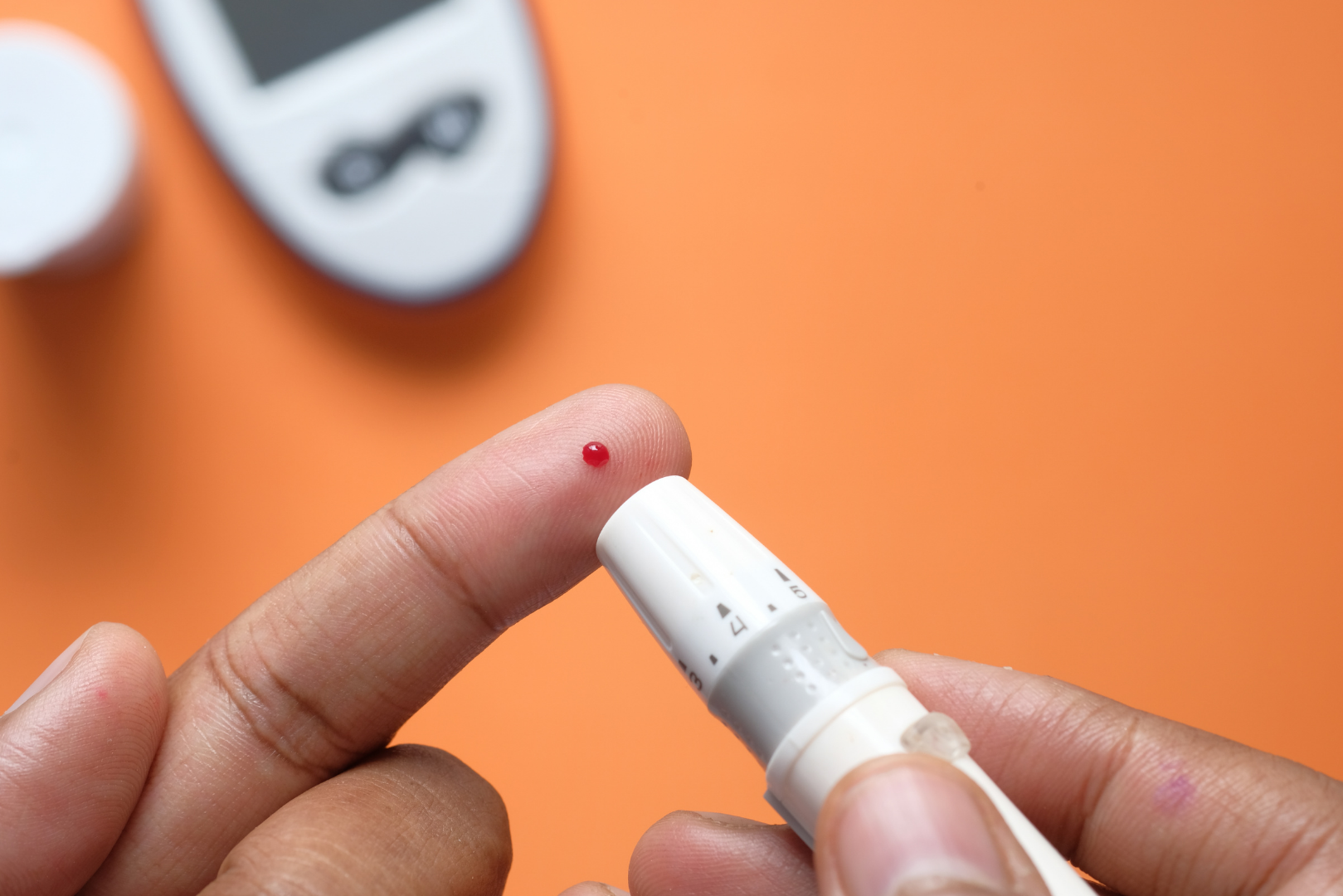The push that science has given itself towards developing new cures and treatments for diabetes is not lost on us; the illness alone was the cause of some 1.5 million deaths back in 2019 alone. New treatments are always on the rise, whether they’re designed to assist in healing or designed for diagnosis and monitoring.
Northwestern University (NWU) researchers have yet another entry to humanity’s growing list of potential treatments for this serious disease, and it involves the use of so-called “nanocarriers” loaded with rapamycin, a known immunosuppressant drug. The two treatments, when together, created a “new form of immunosuppression” that can target cells involved with an otherwise unwanted immune response in patients with transplanted pancreatic tissue. The novel research was published in the journal Nature Nanotechnology.
Specifically, the treatment addresses issues circling the potential diabetes treatment that is pancreatic islet transplantation. You see, insulin production is generally controlled by tissues inside the pancreas called islets. Problem is, type 1 diabetes patients have their immune systems attack these islet cells, hence why they need daily insulin dosages to make up for it.
One way of curbing the need for daily injections is to simply transplant new islet tissues onto diabetes patients; problem is, the immune system eventually rejects the foreign islet cells transplanted within a patient’s pancreas, leading to even more complications. Immunosuppressants like rapamycin are used to curb these rejection reactions, but these lead to even more unwanted side-effects.
Said lead researcher and Kay Davis Professor at NWU’s McCormick School of Engineering, and of microbiology-immunology at NWU’s Feinberg School of Medicine: “To avoid the broad effects of rapamycin during treatment, the drug is typically given at low dosages and via specific routes of administration, mainly orally. But in the case of a transplant, you have to give enough rapamycin to systemically suppress T cells, which can have significant side effects like hair loss, mouth sores and an overall weakened immune system.”
“This approach can be applied to other transplanted tissues and organs, opening up new research areas and options for patients. We are now working on taking these very exciting results one step closer to clinical use.”
Prof. Guillermo Ameer, co-lead researcher on the project
The researchers opted for another way into the body; in this case, they designed nanoparticles that can hold rapamycin within them, then injected them into mouse models to see the effects. There, they observed a “different mode of immunosuppression” where the nanoparticles target so-called antigen-presenting cells (APCs); this allowed the team to successfully transplant new islet tissue in the mouse models without any serious side effects.
Scott continued: “[By] repurposing the biochemical pathway of a drug, […] we are generating a totally different cellular response. By changing the cell types that are targeted, we actually changed the way that immunosuppression was achieved.”
The team hopes to escalate their work further to clinical trials, as this novel way of transporting drugs to the body may have future treatments on its roadmap well beyond just transplants for diabetics.
Finally, fellow lead researcher and Daniel Hale Williams Professor of Biomedical Engineering at McCormick and of Surgery at Feinberg Guillermo Ameer said: “This approach can be applied to other transplanted tissues and organs, opening up new research areas and options for patients. We are now working on taking these very exciting results one step closer to clinical use.”
References
- Burke, J. A., Zhang, X., Bobbala, S., Frey, M. A., Bohorquez Fuentes, C., Freire Haddad, H., Allen, S. D., Richardson, R. A. K., Ameer, G. A., & Scott, E. A. (2022). Subcutaneous nanotherapy repurposes the immunosuppressive mechanism of rapamycin to enhance allogeneic islet graft viability. Nature Nanotechnology, 1–12. https://doi.org/10.1038/s41565-021-01048-2
- Diabetes. (2021, November 10). World Health Organization. https://www.who.int/news-room/fact-sheets/detail/diabetes
- Haridy, R. (2022, January 17). Nanoparticle innovation promises improved type 1 diabetes treatment. New Atlas. https://newatlas.com/medical/nanoparticle-immune-suppress-islet-transplant-type1-diabetes/
- Reynolds, L. (2022, January 17). For diabetes patients, new hope through nanotherapy. Northwestern Now. https://news.northwestern.edu/stories/2022/01/nanotherapy-type-1-diabetes/











